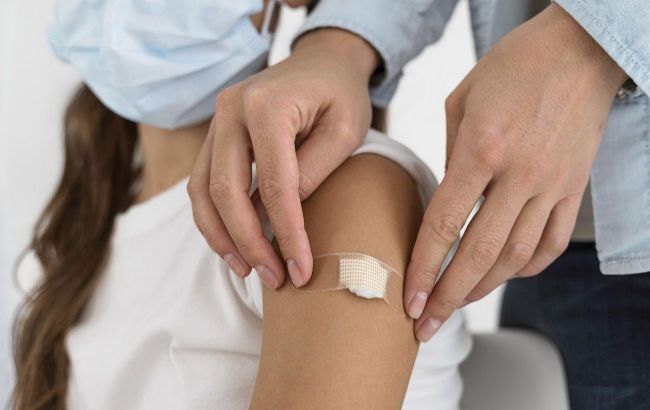You apply band-aids wrong: Clever life hack
 How to properly apply a band-aid (photo: freepik)
How to properly apply a band-aid (photo: freepik)
Got a cut, and your band-aid keeps coming off? It turns out most of us have been doing it wrong, but there’s a clever hack that will help you secure it properly and keep it in place much longer. Here’s how to correctly apply a band-aid so it does its job.
How do most of us apply a Band-Aid?
When we get a small cut or scratch, most of us instinctively reach for a band-aid and stick it on in the simplest way possible—placing the strip over the wound and smoothing out the edges. It seems like the most obvious and straightforward solution. However, in practice, this method often proves ineffective, especially if the cut is on a joint or a part of the body that moves a lot, like a finger. The band-aid quickly comes loose, gets dirty, and fails to protect the wound properly, which can slow healing.
But there’s a simple and unexpected hack that can help fix the band-aid much more securely, so you can forget about it peeling off. This method is especially useful for finger wounds, where regular band-aid placement rarely holds up due to constant movement.
So what’s the "clever" secret?
It’s very simple and only requires one extra step and a pair of regular scissors. Instead of applying the band-aid as is, you need to modify it before use.
- Take the band-aid and, without removing the protective strips from the adhesive sides, make a lengthwise cut down the center of both sticky "wings," stopping just before the absorbent pad in the middle. This way, instead of two wide sticky tabs, you’ll have four narrower ones.
- Now, remove the protective strips.
- Place the central pad of the band-aid directly on the wound.
- And here comes the interesting part: instead of simply sticking the side tabs flat, start crossing them over each other. First, stick the upper right strip diagonally downward. Then stick the upper left one diagonally downward, crossing over the previous one. Do the same with the bottom strips—stick the lower right one diagonally upward, and the lower left one diagonally upward, crossing them over each other and the top ones.
The result will be a secure bandage that looks like a woven or “braided” pattern of sticky strips around the injured area.
Why does this method work better?
This technique creates a more flexible and adaptive adhesive structure. Instead of a single straight "seam" that easily lifts when bending a finger or joint, you get an elastic interlacing that conforms better to uneven surfaces and moves with the skin. This greatly reduces tension at the band-aid’s edges, preventing it from peeling off prematurely.
Earlier, we wrote 10 facts about paracetamol and ibuprofen that could save your health.
This material is for informational purposes only and should not be used for medical diagnosis or self-treatment. Our goal is to provide readers with accurate information about symptoms, causes, and methods of detecting diseases. RBС-Ukraine is not responsible for any diagnoses that readers may make based on materials from the resource. We do not recommend self-treatment and advise consulting a doctor in case of any health concerns.

